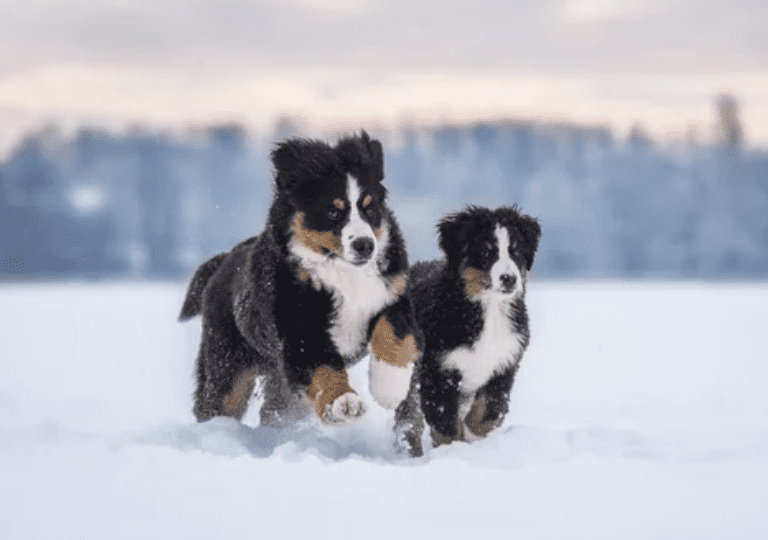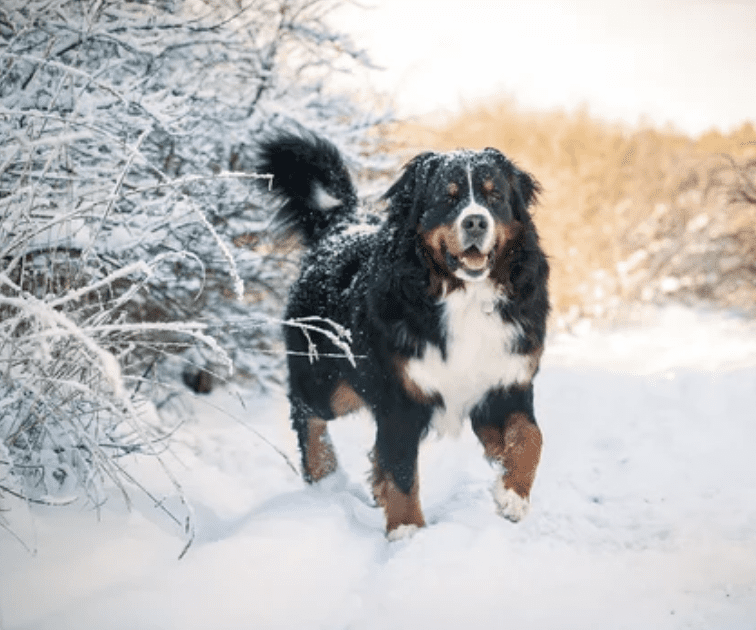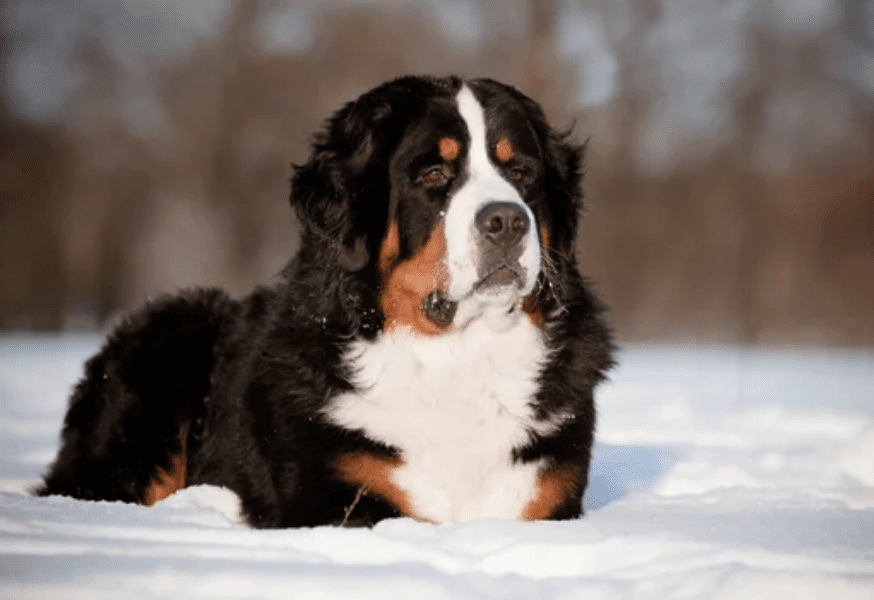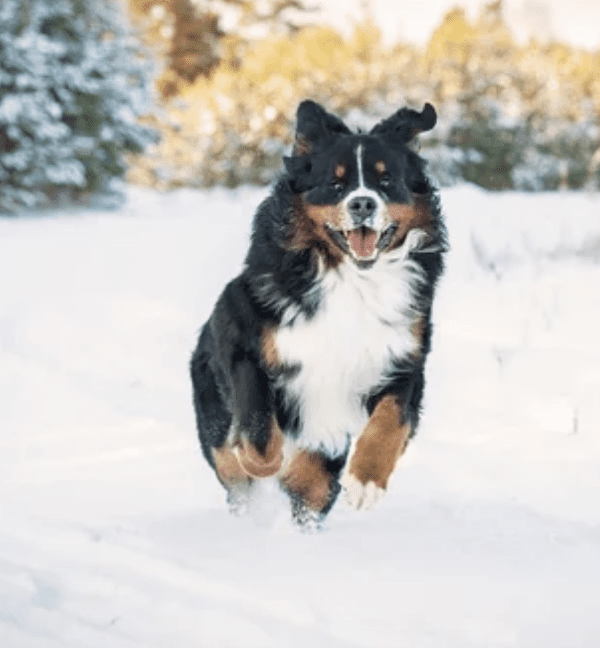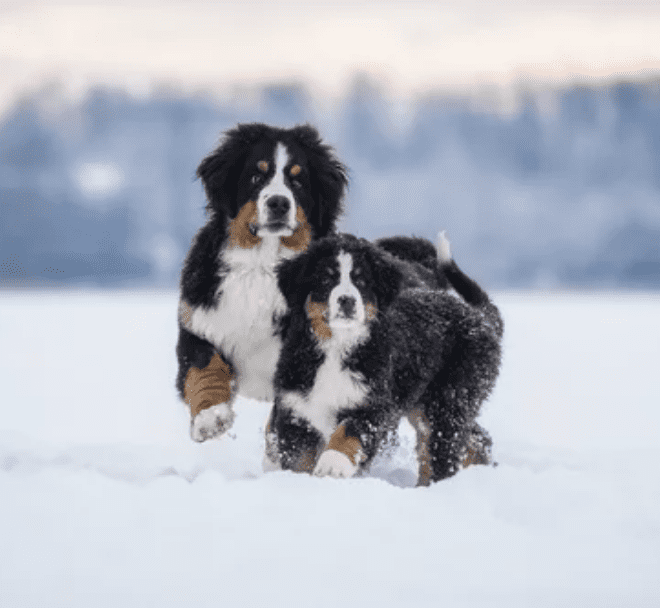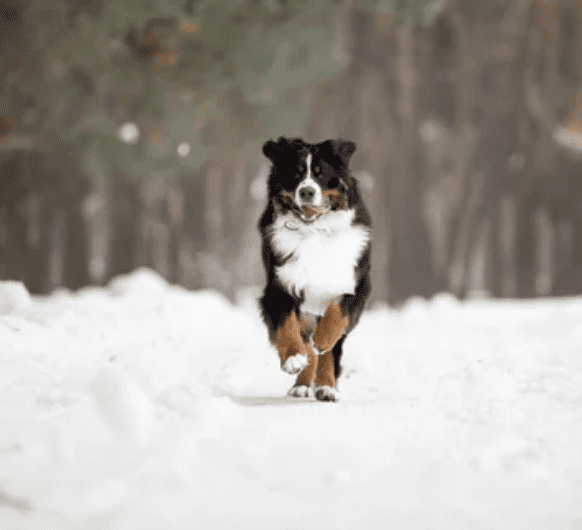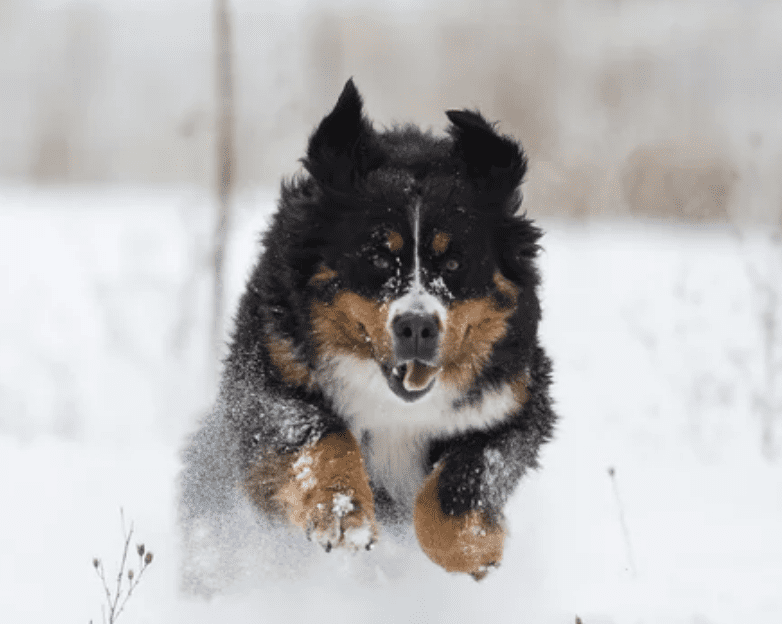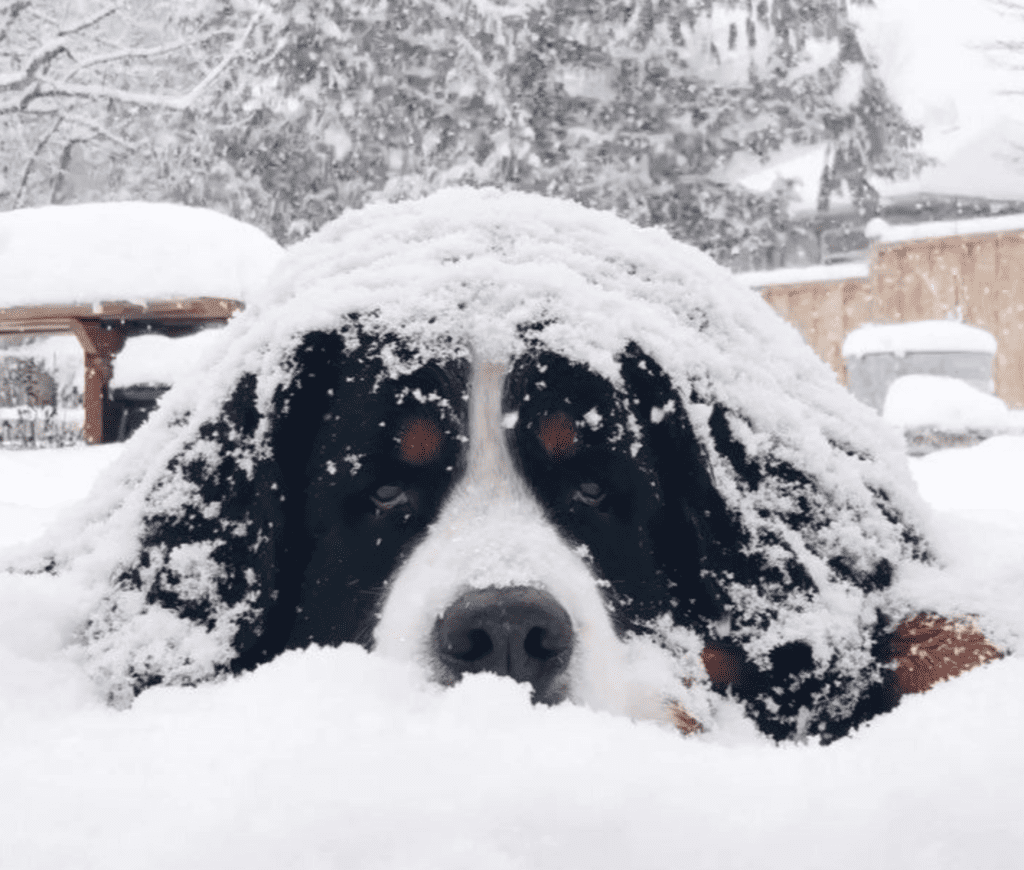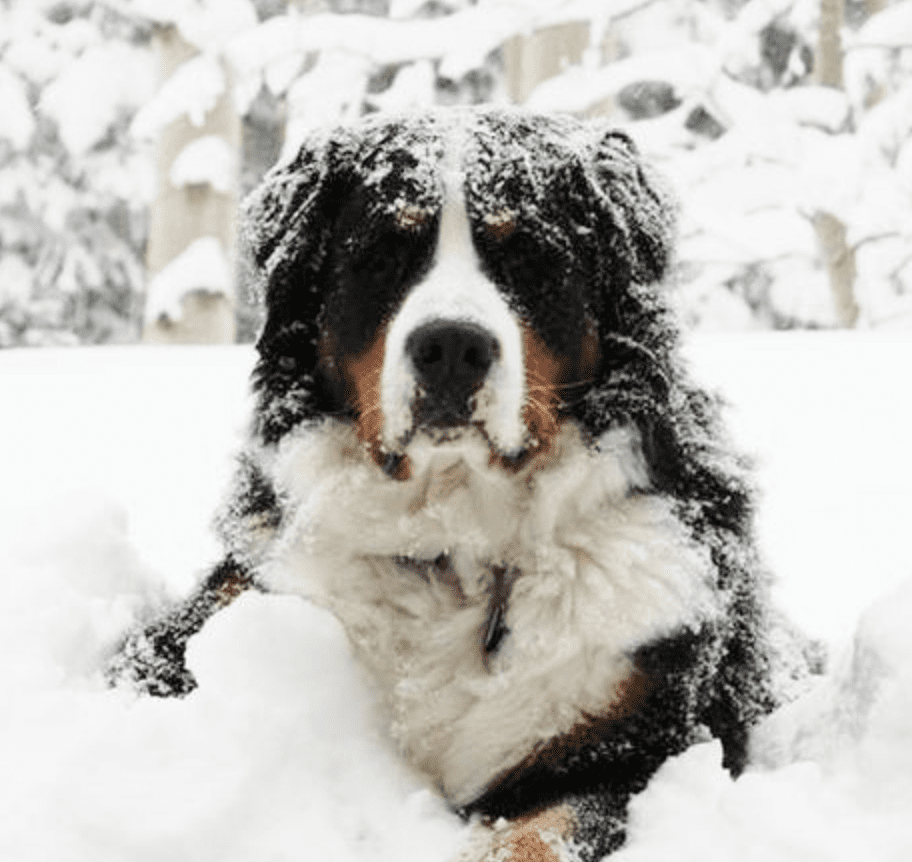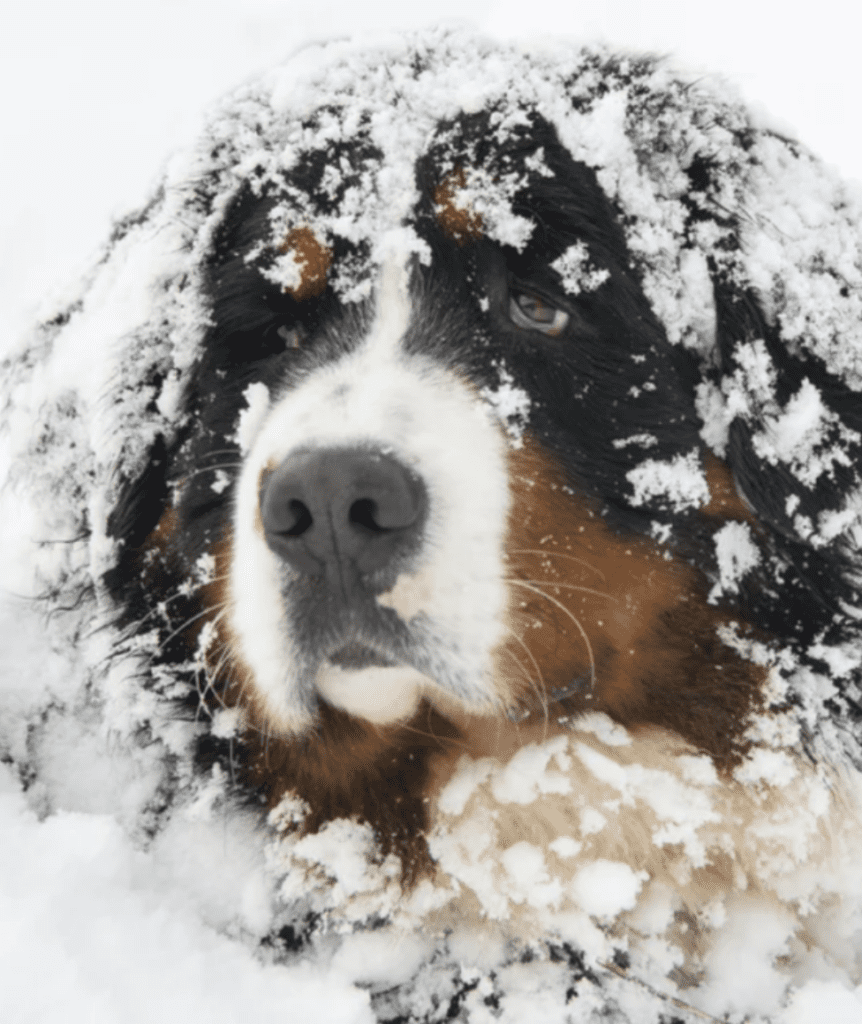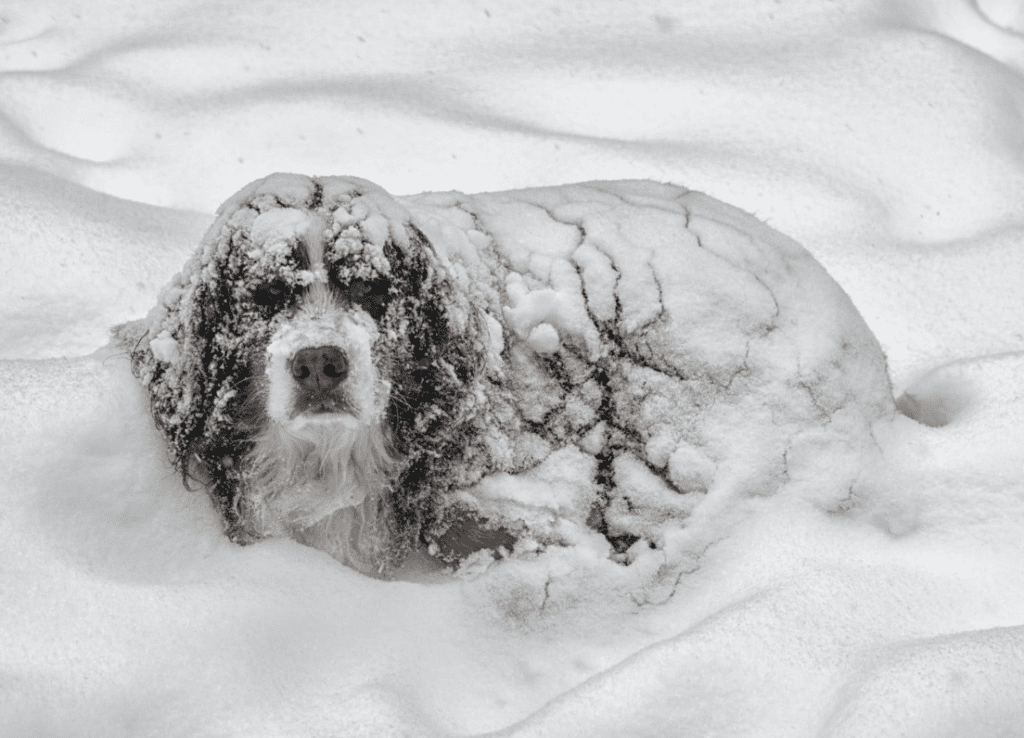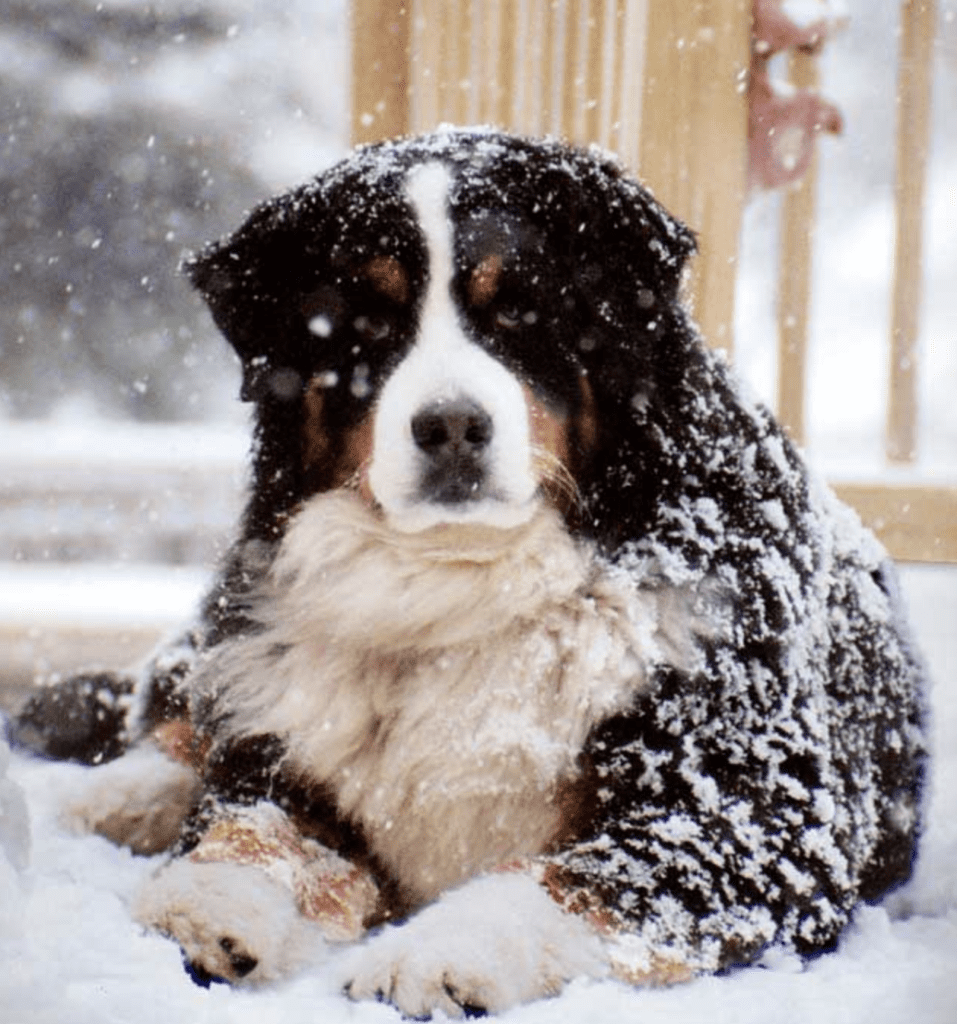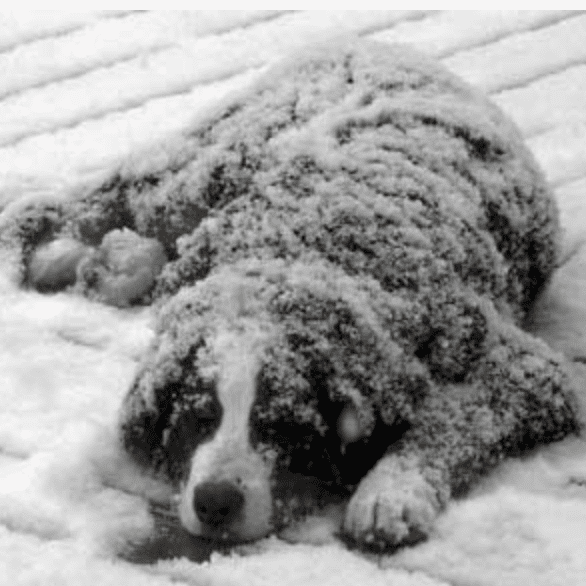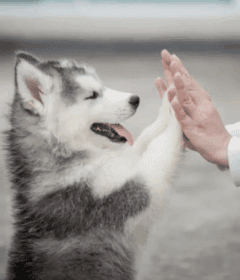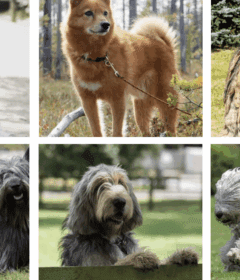Bernese Mountain Dogs Are Snow Dogs
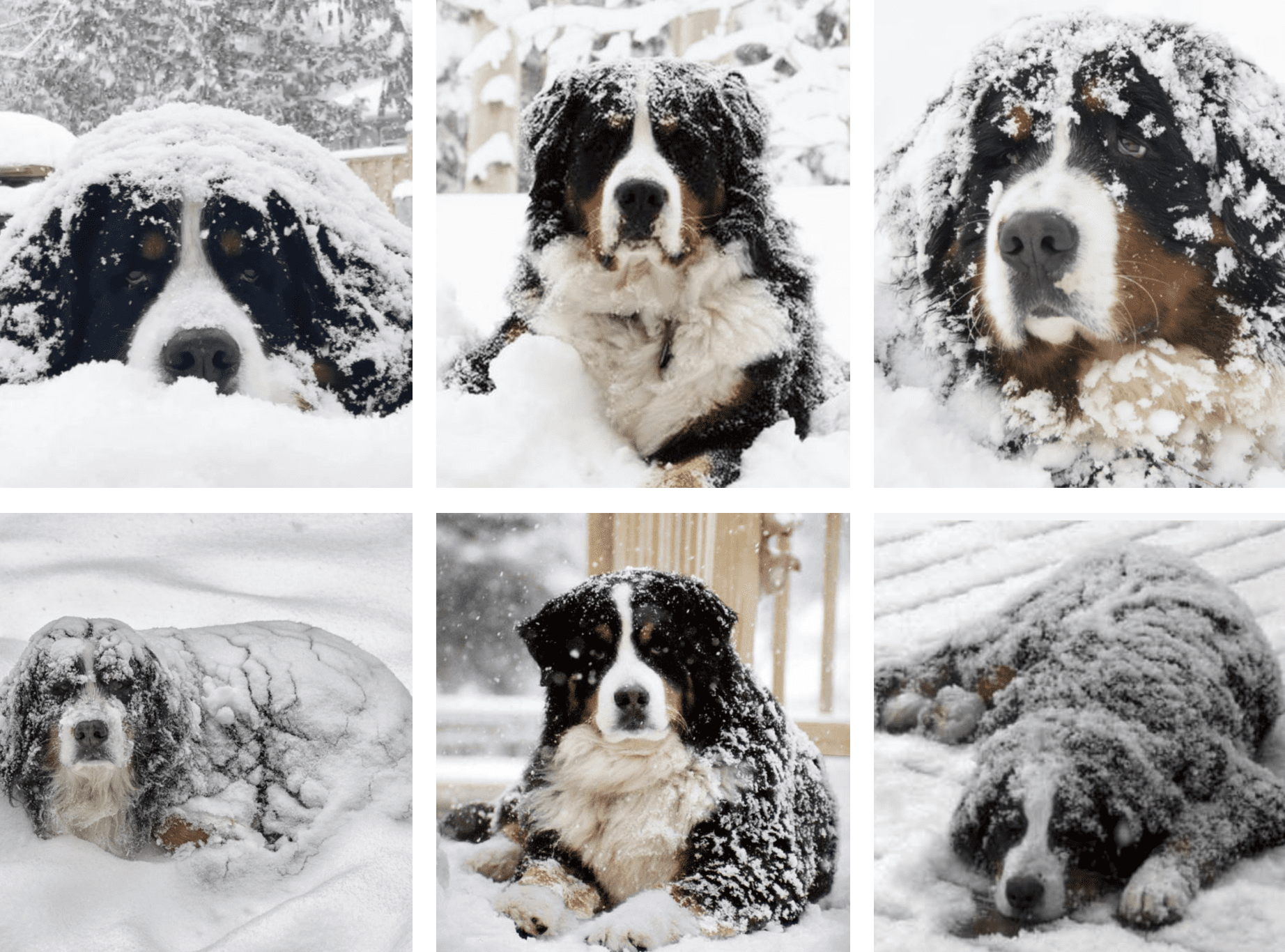
Bernese Mountain Dogs Are Snow Dogs – A farm dog with a thick, fluffy coat, this cold weather canine was bred to thrive in the bitter Swiss Alps, meaning they’re more than ready for the oncoming snows.
Bernese Mountain Dogs Are Snow Dogs – Unlike most breeds with similar origins in the colder parts of the world, the Bernese Mountain Dog’s coat isn’t snowy white. In fact, it’s actually a deep black, which helps it to absorb sunlight and maintain its body heat.
Bernese Mountain Dogs Are Snow Dogs – Dislike even the most moderately warm temperatures, frequently going out of their way to find shade and fend off the heat any way they can.
Bernese Mountain Dogs Are Snow Dogs are good choices for people who live in areas that are cold throughout the year.
Healthy Adult Bernese Mountain Dogs
Healthy Adult Bernese Mountain Dogs generally do well going on walks in temperatures just below the freezing point.
Walking your Berner when the air is as cold as 0°F/ -18C° is fine but avoid staying outside longer than an hour and keep your dog moving the entire time. It is also important to consider individual risk factors, such as age, health status, and general conditioning.
And any dog, even a hardy Berner, is at risk for frostbite when the temperature is below the freezing point.
According to the AKC, the Bernese Mountain Dog’s intelligence, strength and agility helped him perform the drafting and droving work in the mountainous area where he originated.
The Bernese Mountain Dogs long silky coat kept him warm in the frigid region.
Today, this versatile breed participates in conformation, obedience, carting, agility, tracking, herding and therapy work.
A fun game to play with the breed in the snow is the “Winter Wonder Maze.” After shoveling in a linear maze-like pattern, place your Bernese Mountain Dogs favorite treats at different points and let him track and retrieve his rewards.
What to Watch for While in the Snow With Your Bernese Mountain Dogs – Piloerection
Dogs do get goosebumps. When it is very cold outside, their hairs stand up and create a pocket of air between hair shafts.
That prevents warm air from escaping and cold air from getting close to the skin.
What to Watch for While in the Snow With Your Bernese Mountain Dogs – Paws
Dogs as sturdy in the cold as Berners have paws with thick padding with plenty of subcutaneous fat and connective tissue.
The paws are also supported with an elaborate net of blood vessels: the generous blood circulation to the paws is one of the ways the body keeps them as warm as possible and protects them from frostbite.
Blood vessels do constrict in the cold: the colder it is, the more limited blood circulation is to the paws.
That increases the possibility of frostbite.
What to Watch for While in the Snow With Your Bernese Mountain Dogs – Shivering
Similar to people, dogs shiver to generate heat to warm themselves up. While shivering is common with mild hypothermia, it may stop if the dog is severely cold.
What to Watch for While in the Snow With Your Bernese Mountain Dogs – Slowing of the Metabolism
Like most other animals, Bernese Mountain Dogs slow the chemical processes in their bodies to reduce energy expenditure and body temperature when their environment is cold. That way they give off less energy to the environment around them.
Bernese Mountain Dogs Are Cold Weather Dogs – Thick Double Coats
The Bernese Mountain Dog’s coat is an excellent barrier that insulates and allows these dogs to thrive in cold climates.
The thick, double-layered coats of Bernese Mountain Dogs makes them one of the most cold-tolerant dogs.
The coat has two layers. The undercoat consists of short thick wooly hairs. It insulates the dog, protecting her from both cold and hot air.
The upper layer is made of long rough hairs. It repels moisture, as well as insects, and shields from the UV light in summer.
Bernese Mountain dogs are resistant to cold and can spend some time outside when it is as cold as – 20 °F / -12 C°.
However, they should not be alone when it is that cold, so sleeping outside overnight in such low temperatures is not safe for an Berner, or any dog for that matter.
How To Tell If Your Dog Is Too Cold
As large dogs, Berners have a normal body temperature in the range of 101.5-102.5 °F / 38.5-39.2 C°.
If the dog cools down to 90 – 95 °F / 32-35 C°, she is considered to be mildly hypothermic. Temperatures below 84 °F / 28 C° signify severe hypothermia.
Some of the common signs of mild and moderate hypothermia include the following:
Behavioral changes, for example, nervousness, pacing, refusing to walk
Picking up and holding up a paw
Vocalizing in a way that communicates distress
Pale skin
Shivering
The signs of advanced hypothermia are the following:
Weakness and lethargy
Stiffness of paws and eventually the torso
Slow breathing
Labored breathing
Slow pulse
Dilated pupils
Feeding Bernese Mountain Dogs >>
Do Bernese Mountain Dogs Know Their Size >>
The Language Of Bernese Mountain Dogs >>
How Your Bernese Mountain Dog Communicate With You >>

